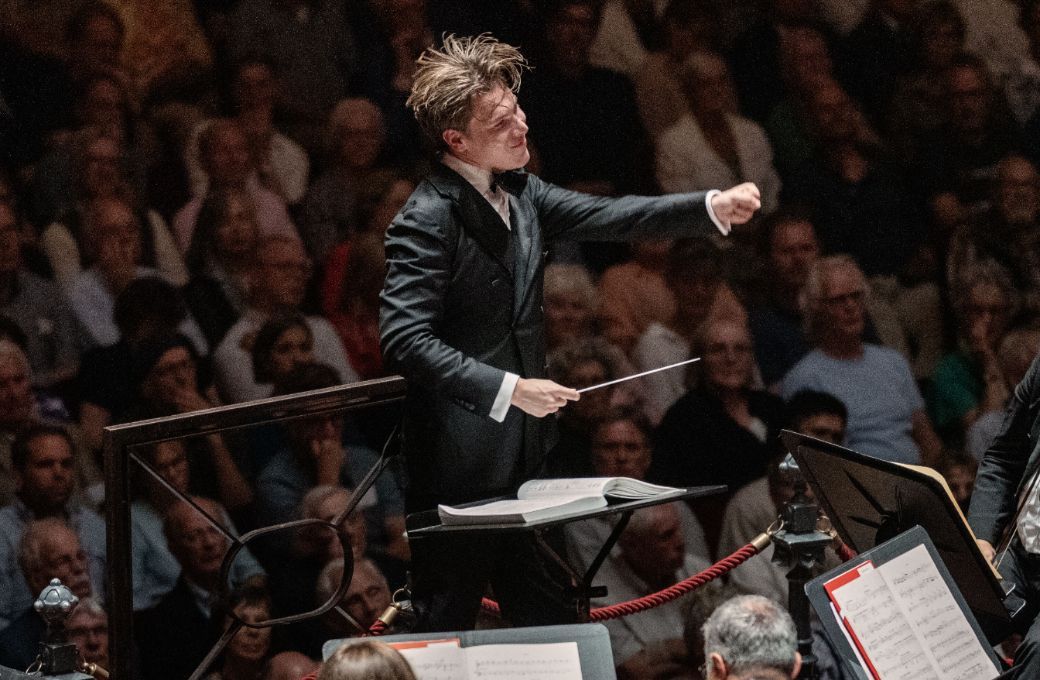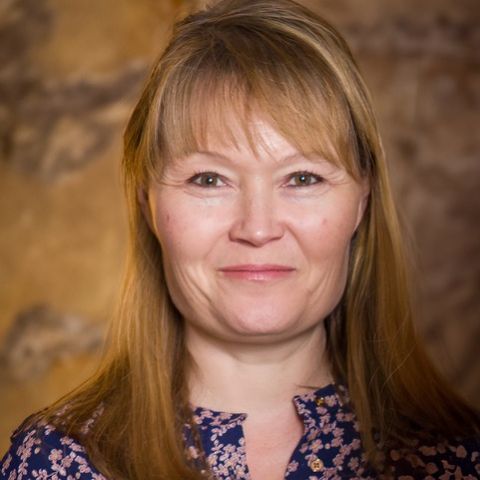Friday night’s concert in Amsterdam, the first of a series of concerts with the Royal Concertgebouw Orchestra under its new Artistic Partner, Klaus Mäkelä, was the hottest ticket in town. With a programme featuring the work of Mäkelä's fellow Finn, Kaija Saariaho, and Mahler’s Sixth Symphony, the programming of this concert was a bold statement and a clear indication of what we might expect from this evolving partnership.

Mäkelä bounded onto the stage to an incredibly warm reception and we were immediately thrust into the magical sound world of Saariaho's Orion for Orchestra. The first movement, Memento – Remember That You Must Die, is inspired by a painting depicting both a bridal couple and skeletons! The ethereal calm of the rising glockenspiel melody, almost minimalist in style, led to a cacophonous climax punctuated by a soaring trumpet. The second movement, Winter Sky, opened with a piercing piccolo, taking us to a world of microtones, incessantly oscillating semitones and modality. Hunter, the energetic finale is all about contrasts. Screeching horns and a contrapuntal string section all led to a climax full of polyrhythms and fabulous marimba writing, interrupted by a thunderstick bringing the dream to an abrupt end.
Mahler's Sixth, however, was what the audience really wanted to hear. Mäkelä seemed to have an encyclopaedic knowledge of the score, only looking down to turn the pages. The music seemed to spring forth from every sinew of his being. As a cellist of some considerable stature himself, Mäkelä innately understands a musician’s need to just be a musician. This implicit trust in the orchestra's musicianship was evident and the result was so exciting. Fabulously insistent march-like rhythms from the snare drum set the tone from the start.
The Concertgebouw has a wonderfully clear acoustic and I heard clarinet lines that in previous performances had remained hidden. The brass did not disappoint either in the searing climaxes which felt poignant: those marching boots, marching ever onwards. There was such energy and commitment from each member of the orchestra, such sadness and yet such joy in the music. You just knew the whole auditorium wanted to burst out in applause.
The Andante displayed wonderful ensemble playing from the woodwinds with playing of great warmth from the cor anglais. This moment however belonged to the Katy Woolley, the British principal horn, who was on fire, receiving the biggest ovation of the night. Magic was in the air. Playing of great beauty and stillness was shattered by the clattering of an array of cowbells!
The Scherzo moved forward apace, but in the blink of an eye, the inspired metallic sounds of the harp heralded the fourth movement. The viola section in the KCO is quite possibly the best viola section I have heard in a long time; there was real ownership of the music. The tuba’s sound consumed the entire auditorium again, penetrating every soul while, out of the corner of my eye, a tall gentleman climbed some stairs, to be transformed from a humble triangle player to the wielder of the fateful hammer blows. The magical world of the harp and violins brought symmetry to the evening, echoing the music of Saariaho in the first half. The evening ended with a return to stillness, this time from the brass chorale with the horn’s descending octaves emerging like the setting sun.
This was one the finest readings of a Mahler symphony I have heard. After an almost endless silence, the hall erupted in rapturous applause as the orchestra gave Mäkelä their own very special show of approval.


